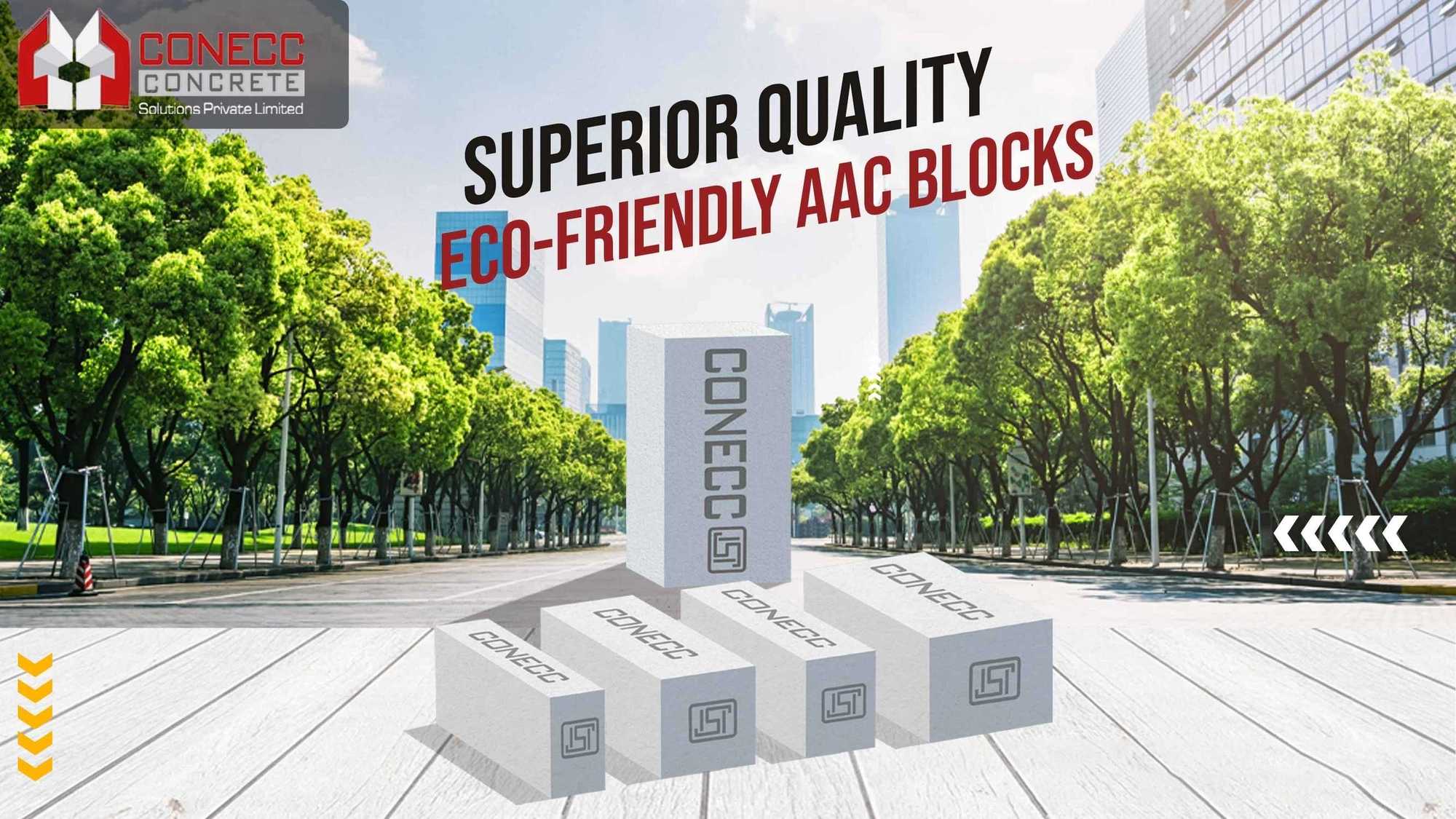
Using energy-efficient techniques and designs, green building focuses on making the best use of resources throughout the building construction process. Technology today encourages more people to use more eco-friendly materials and construction methods with better performance and durability thanks to a variety of benefits, including certifications and economic considerations.
Durability, adaptability and effectiveness of the material with regard to the entire building, contribution to lowering energy and water use, or enhancement of air quality and waste management are a few factors to consider.
Indian Green Building Council (IGBC), Bureau of Energy Efficiency, and Green Rating for Integrated Habitat Assessment (GRIHA) are among the organizations that offer services and distribute ratings in India (BEE).
AAC blocks, or Autoclaved Aerated Concrete blocks, are a type of eco-friendly building material that have several advantages over traditional brick and concrete. AAC blocks are made from a mixture of cement, lime, sand, water, and an aeration agent, creating a lightweight, strong, and thermally insulating material. This makes them an ideal choice for a variety of construction applications, as they can be used to create walls, floors, and roofs that are both energy-efficient and sustainable. (Environmentally friendly building blocks)
One of the key benefits of AAC blocks is that they are made from natural materials, which means that they are a renewable, sustainable, and innovative building option. Unlike traditional bricks and concrete, which are made from clay and cement respectively, AAC blocks can be made from a range of raw materials, including fly ash, a by-product of coal-fired power plants. This means that AAC blocks can help reduce the amount of waste generated by the construction industry, and can also help reduce the amount of energy needed to produce traditional building materials.
Another advantage of AAC blocks is that they are highly energy-efficient. Because they are made from a mixture of natural materials. AAC blocks have a high thermal mass, which means that they can help regulate the temperature inside a building. This can help reduce the amount of energy needed to heat and cool a building, which can in turn reduce the carbon emissions associated with heating and cooling. Additionally, because AAC blocks are lightweight and easy to work with, they can help reduce the amount of energy needed to transport building materials to a construction site. Waste that is produced during the manufacturing of AAC blocks are placed back into the production process making it a recyclable product (Reuse Reduce Recycle).

Soil that is used in the manufacturing of redbricks is cultivable soil (mineral-rich soil) where plants grow and are also used in agriculture. This soil is needed for the environment and the ecosystem. The degradation causes many problems like soil erosion, loss of flora, high temperature, global warming, climate change, other environmental issues, etc. So the use of AAC blocks reduces soil degradation, which benefits nature.
In general, top-quality agricultural soil is used to make kiln-burned clay brick, so Fly-Ash is a good alternative to soil for construction purposes. Power plant industrial waste is known as fly-ash. It possesses good cementitious qualities.
Brick made from cement and fly ash mixture were about 29% lighter, had an average water absorption rate that was 18.10% lower, and had a compressive strength that was 56.72% higher than clay brick that had been fired in a kiln. Consequently, fly ash brick is a greener, more workable material.
AAC blocks are also fire-resistant and insect-resistant, which makes them a safer and more durable building option. Unlike traditional bricks and concrete, which can be damaged by fire and insects, AAC blocks are resistant to both, which means that they can help protect the structural integrity of a building. This can help reduce the risk of fire and insect damage and can help extend the lifespan of a building.
.jpg)
In conclusion, AAC blocks are an eco-friendly building material that offers several advantages over traditional bricks and concrete. They are made from natural materials and are energy-efficient, fire-resistant, and insect-resistant, which makes them an ideal choice for a variety of construction applications. AAC blocks are one of the best eco friendly sustainable materials available for construction.
Read More: aac block manufacturing process, aac blocks in andhrapradesh, CONECC AAC BLOCKS, Which Is Good AAC Blocks Or Concrete Blocks? , AAC Vs CLC Blocks? , Top Construction Industry Technologies, Trends & Innovations in 2022. CONECC AAC BLOCKS
| PLACES WITH FAST DELIVERY | CONECC AAC BLOCKS NAMES |